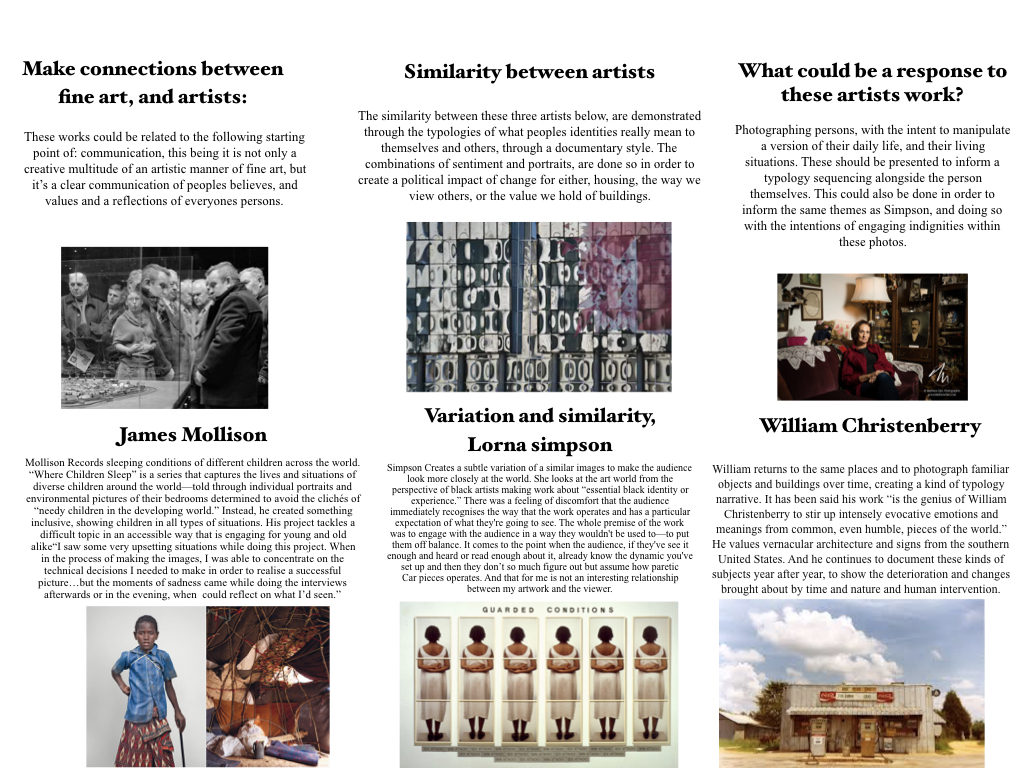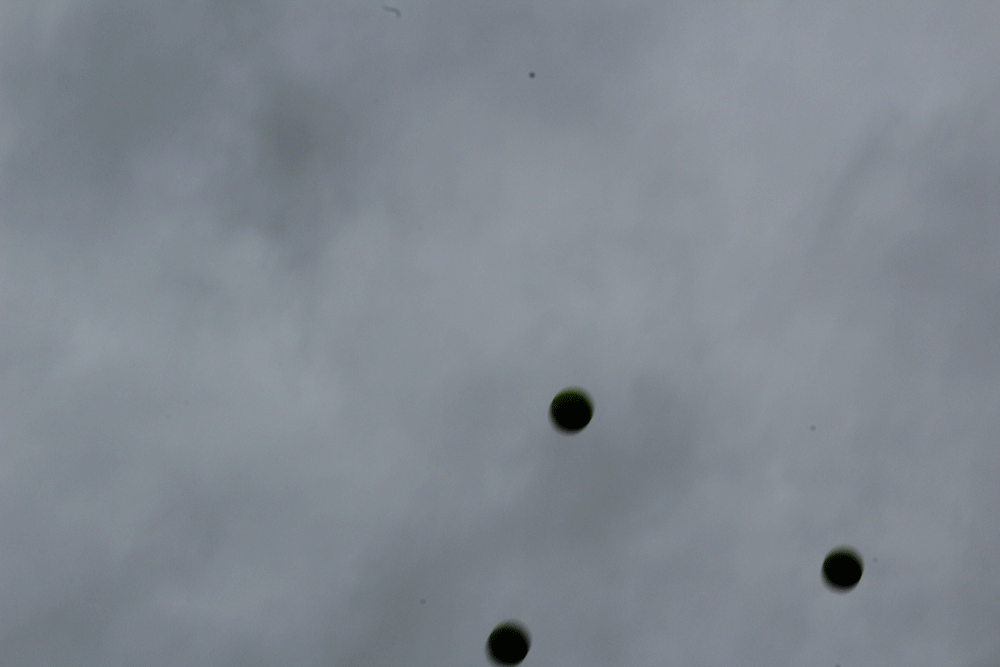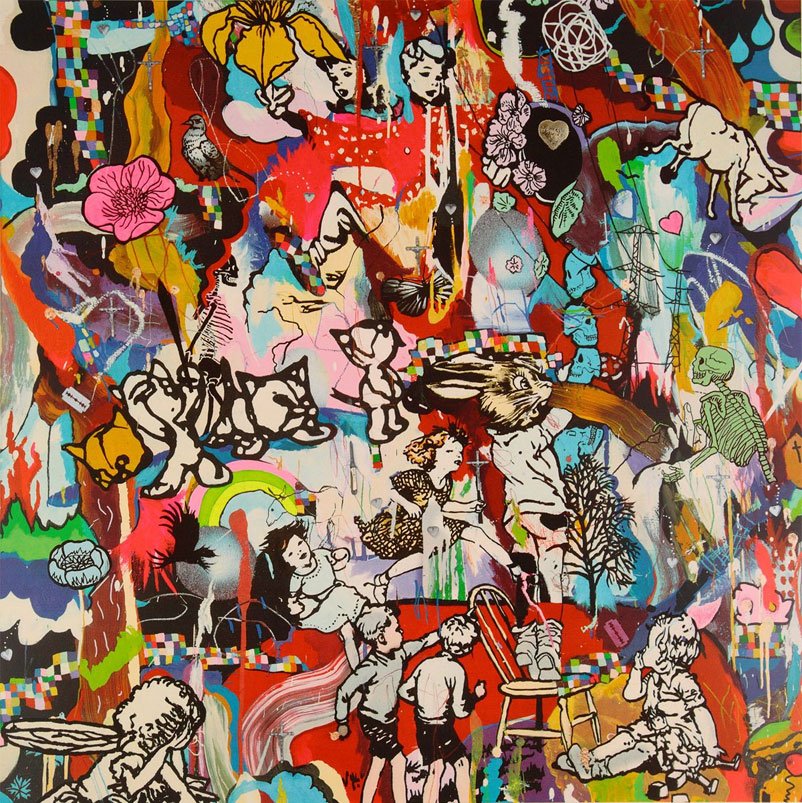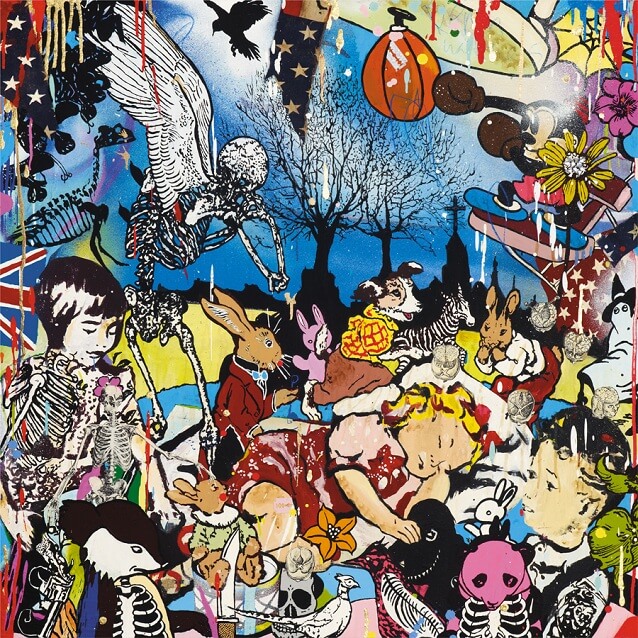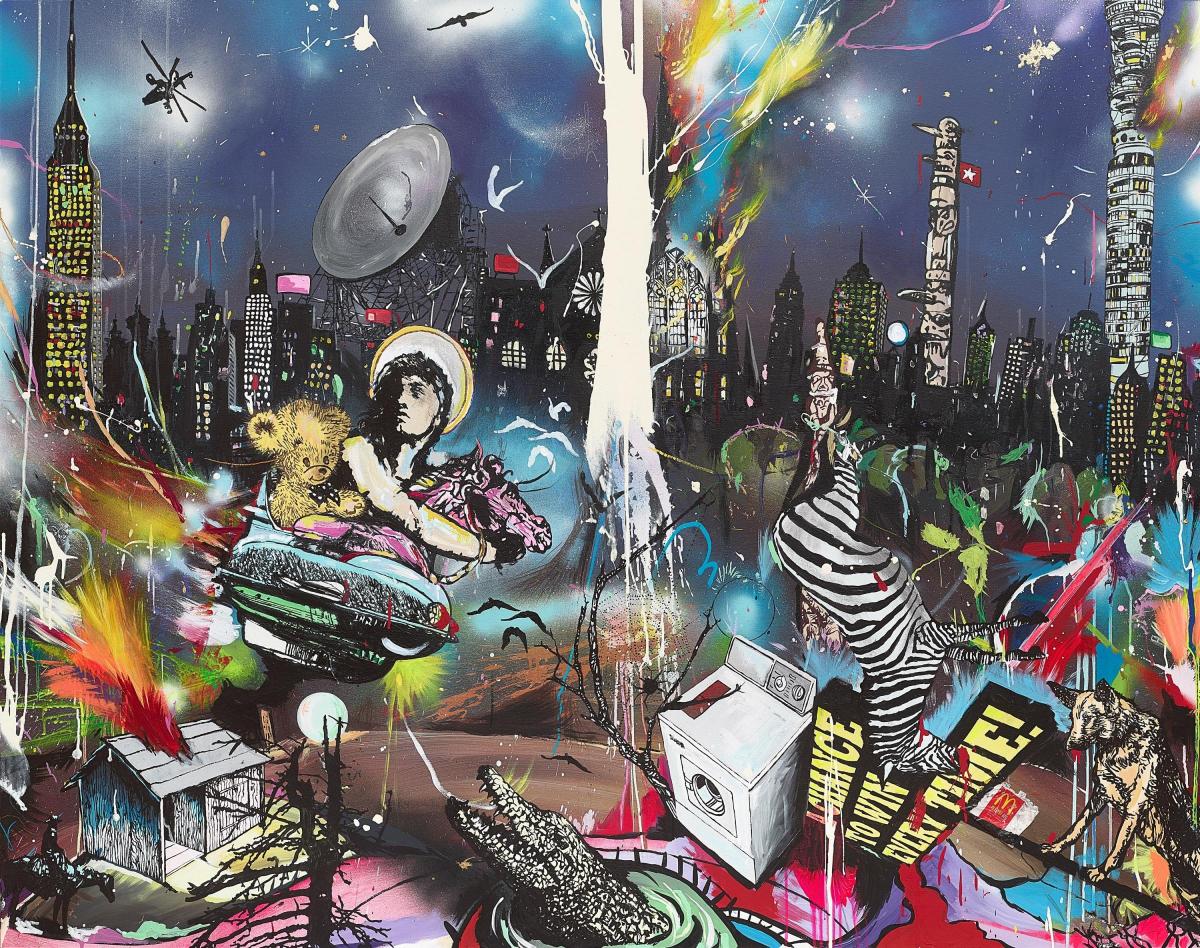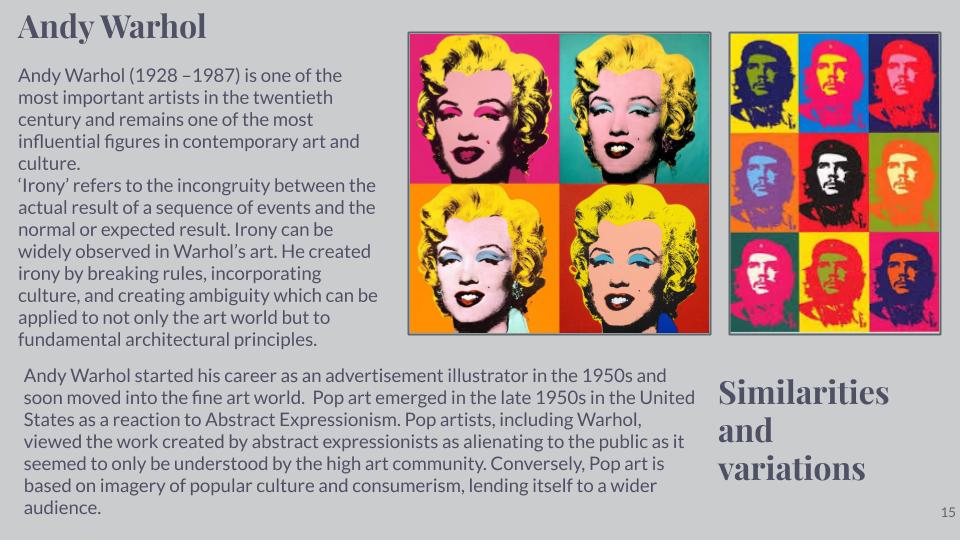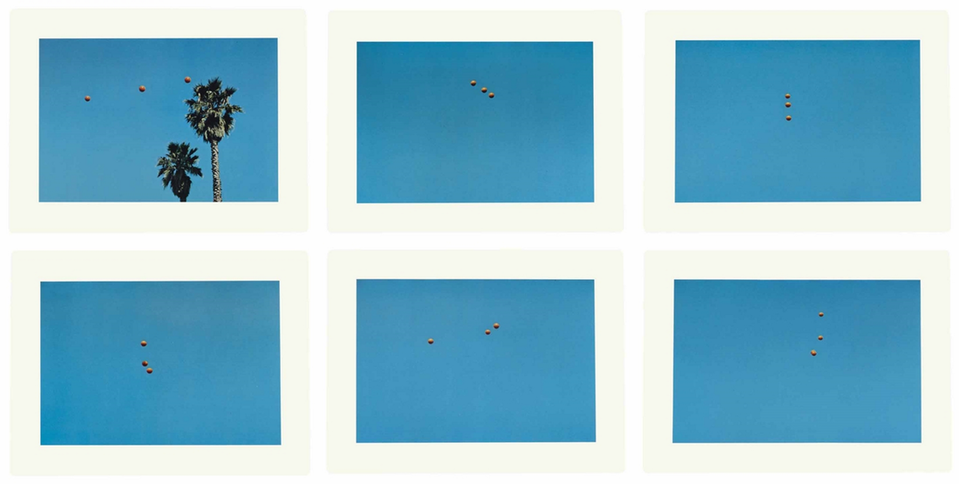Hiroshi Sugimoto is a Japanese photographer and architect. He was born in 1948 in Tokyo, Japan. In 1970, Sugimoto studied politics and sociology at Rikkyō University in Tokyo. He retrained as an artist in 1974 and recived his BFA in Fine Arts at the Art Center College of Design, Pasadena, California. He later settled in New York City and soon started working as a dealer of Japanese antiquities in Soho.
He has spoken of his work as an expression of ‘time exposed’ or photographs that serve as a time capsule for a series of events in time.
In 1980 he began working on an ongoing series of photographs of the sea and its horizon, Seascapes, in locations all over the world, using an old-fashioned large-format camera to make exposures of varing duration (up to three hours).
The black-and-white pictures are all exactly the same size, bifurcated exactly in half by the horizon line. Many of his images lack any physical detail which would make the objects of his photographs easily distingushable , instead, he strongly focuses on lighting and textures in his work.

photograph
This photo has been taken using natural lighting while being carefully positioned in order so that the horizon in the middle of the photograph. This taken rule of thirds seems to have been considered in terms of the shading differences in the background and foreground. There is a large tonal range of grey, where there is a gradual shade change, from the darkest point along the bottom of the image and the lightest being at the top. There is a very short depth of field considering that the photo is mostly blurred from the fog. However the foreground of the image is the only part to be in focus and where textures can be seen from the small ripples in the sea, although it is very still. The dark, grey/blue tones bring a cold temperature to the photograph along with the low light sensitivity where we can just about see the horizon in the middle of the image. Although the image is blurred and obscure there are no rounded or curved shapes. Everything is very straight but there are no outlines.
Sugimoto’s image brings a sense of romanticism in their evocation of landscape, related to Ansel Adam’s approaches to photography. This image shows how he sees nature. Sugimoto has said: ‘When I look at nature I see the artificiality behind it. Even though the seascape is the least changed part of nature, population and the resulting pollution have made nature into something artificial’.
Possible responses could be:
- Seascapes
- At dusk/sunset
- At dawn/sun rise
- On an overcast day to have a similar hue over the entire photograph


